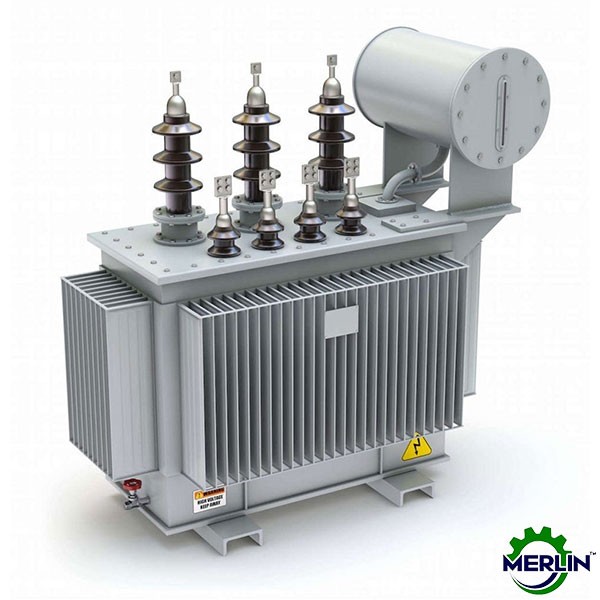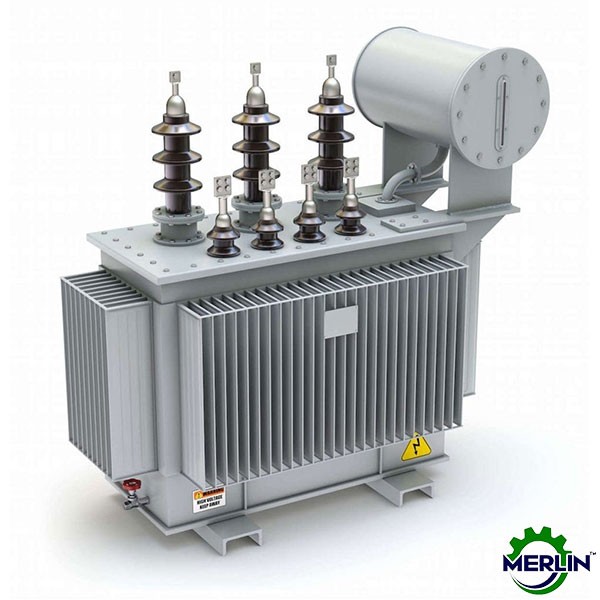


500 KVA Distribution Transformer In Bangladesh
This
500 KVA transformer has a rated power of 500 KVA. It features a ±2 x 2.5%
no-load tap changer on the primary side. Designed with advanced technology and
crafted from high-quality materials and components, the 500 KVA Distribution
Transformer ensures reliable performance and prolonged operational lifespan.
Full Specification
- The apparent discharge amount is less than 80pC under 1.5 times of rated voltage.
- Products
of 63MVA and below exhibit noise levels lower than 58 dB (AN).
- Hermetically
Sealed and Conservator type of construction.
- Stepdown
Transformers.
- Stepup
Transformers.
- Energy
Efficient Transformers.
- Transformers
meant for Solar and Wind Applications.
- Transformers
meant for Mines Applications.
TECHNICAL SPECIFCATION OF 500KVA Distribution Transformer
|
Rated Capacity |
500 KVA |
|
Rated Frequency |
50Hz |
|
Primary Rated Voltage |
11000V |
|
Secondary Rated Voltage |
415V |
|
Type of Cooling |
ONAN |
|
Bill |
75 kv |
|
Type of loading |
Distribution |
|
Vector Group |
DYN 11 |
|
Off-load tap changer |
±2.5%,-5%,-7.5% |
|
Ambient Temperature |
40oC |
|
Temperature rise: - in
Oil |
60oC (Max) |
|
Temperature rise: - in Coil |
65oC (Max) |
|
Star point brought Out & loadable up
to |
100% |
|
Max. service altitude |
1000 Meters |
|
Installation |
Indoor/outdoor |
|
No load loss |
770 Watt |
|
Load loss |
4230 Watt |
|
Impedance |
4.50% |
|
Copper Strip |
Oriental Copper Co. Singapore. |
|
Core |
Japan/ Germany |
|
Transformer oil |
Savita, India. |
|
Super Enameled Copper wire |
Gazi Wires /BRB Wire, Bangladesh |
Voltage variations can adversely affect utilities and
their customers, leading to customer complaints, revenue loss from sub-normal
voltage, and increased costs due to higher line losses. Ideally, distribution
lines should maintain constant voltage along the entire line. However, in
reality, impedance in the distribution line causes voltage discrepancies
between the end and terminal points. The actual voltage deviating from the
rated voltage of the circuit size serves as a critical indicator of power
quality and reliability. To address this issue, three-phase voltage regulators
are employed at the end of transmission lines to ensure that the power supply
voltage remains at the rated level.




